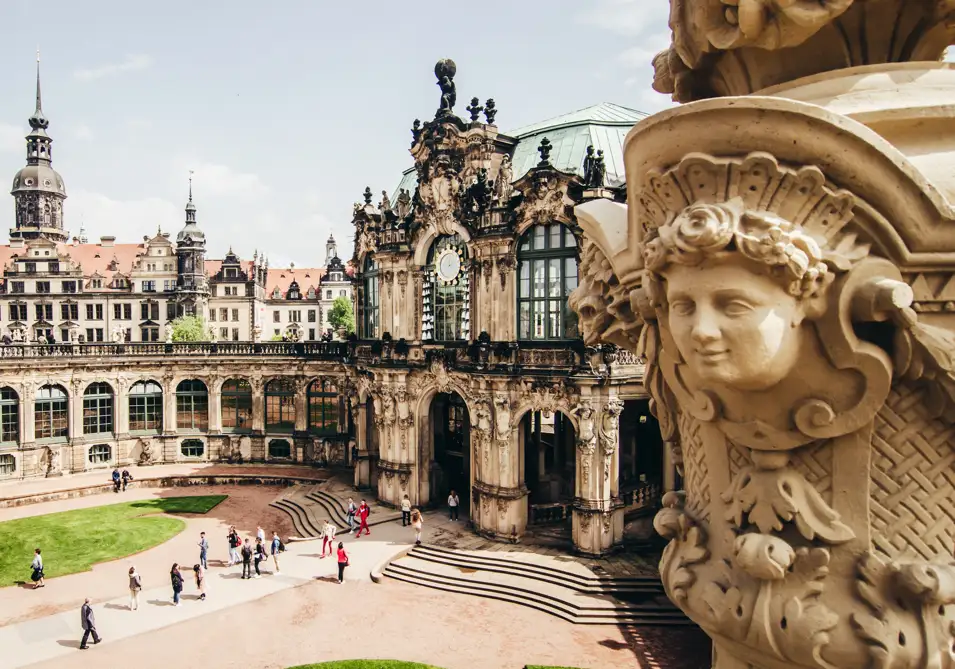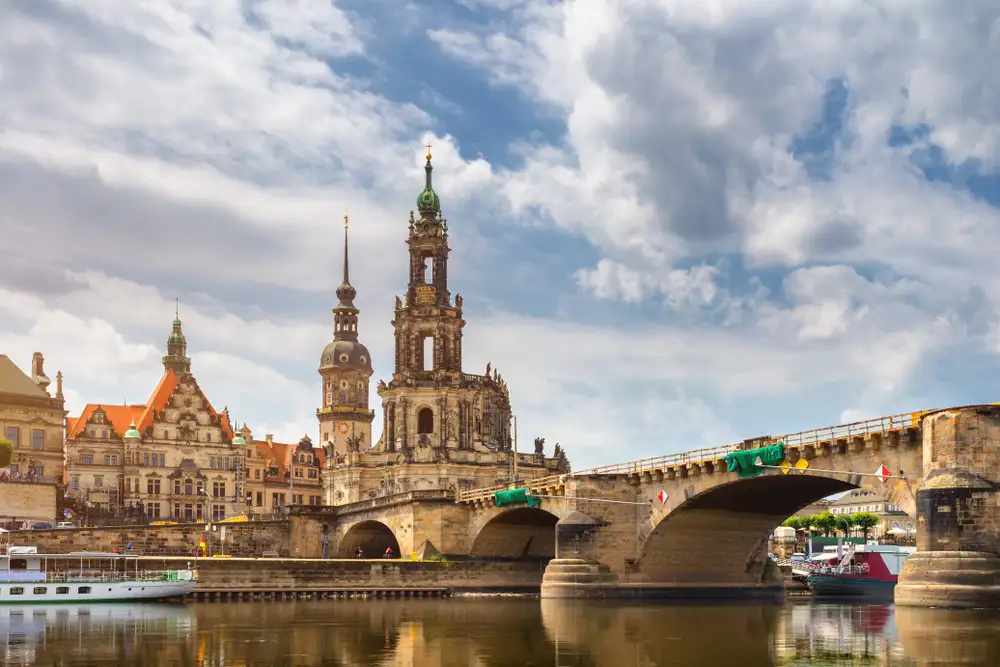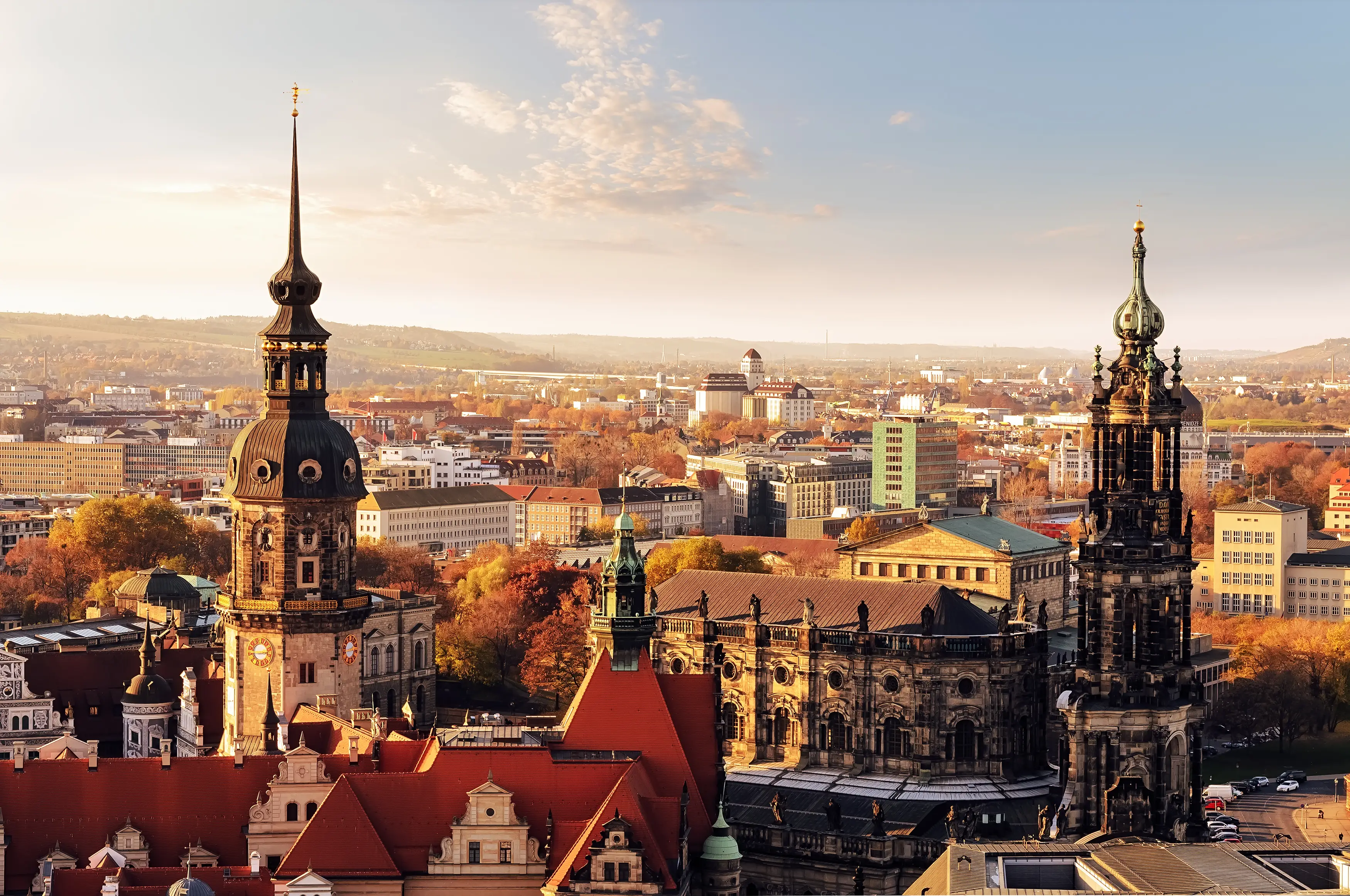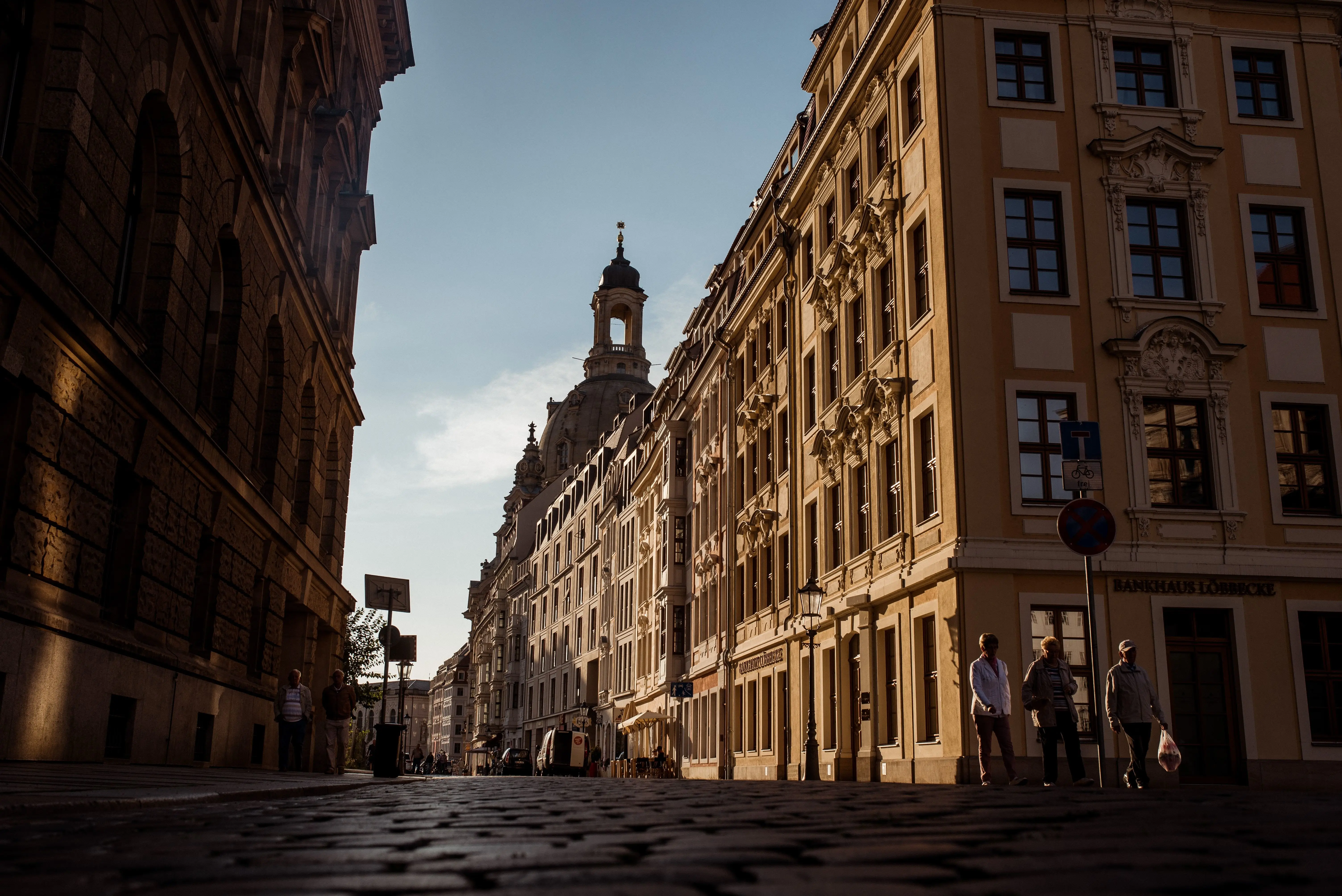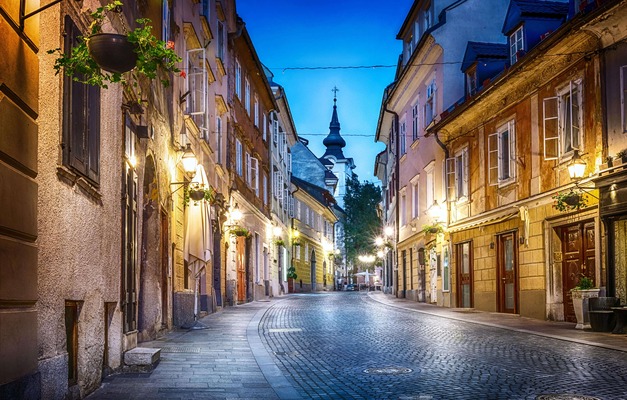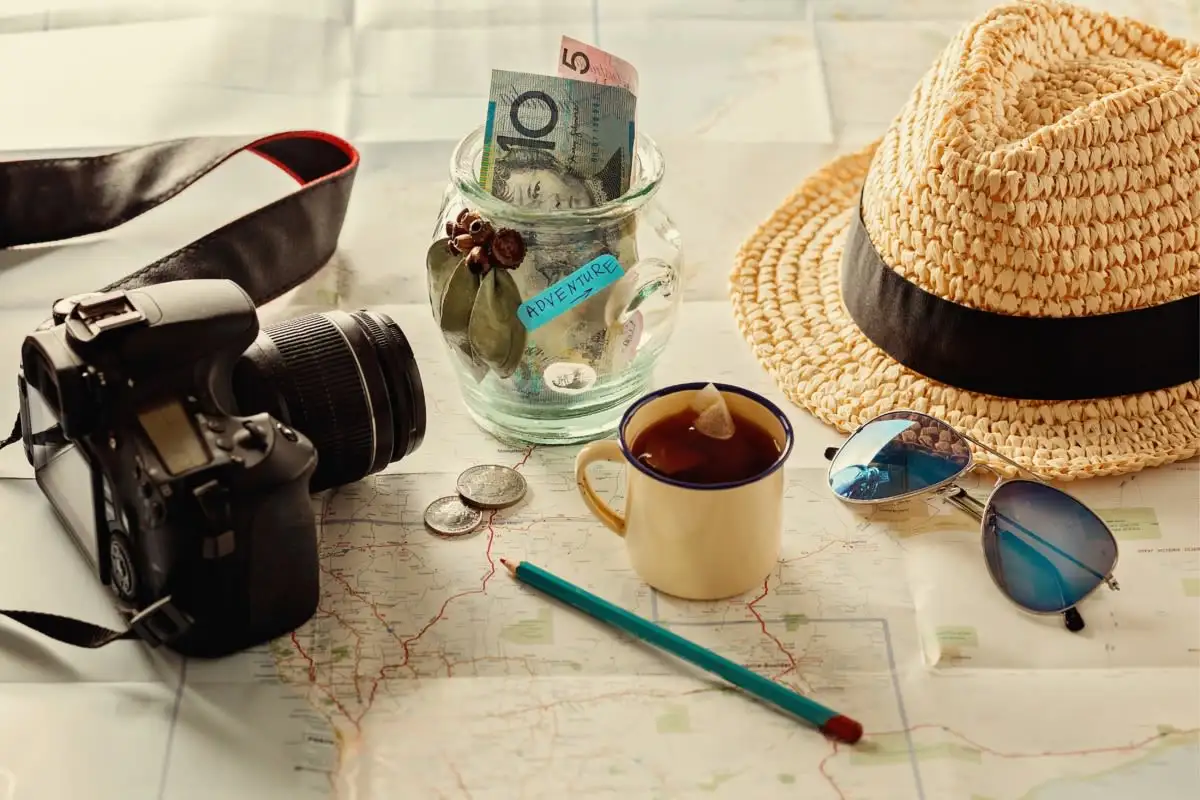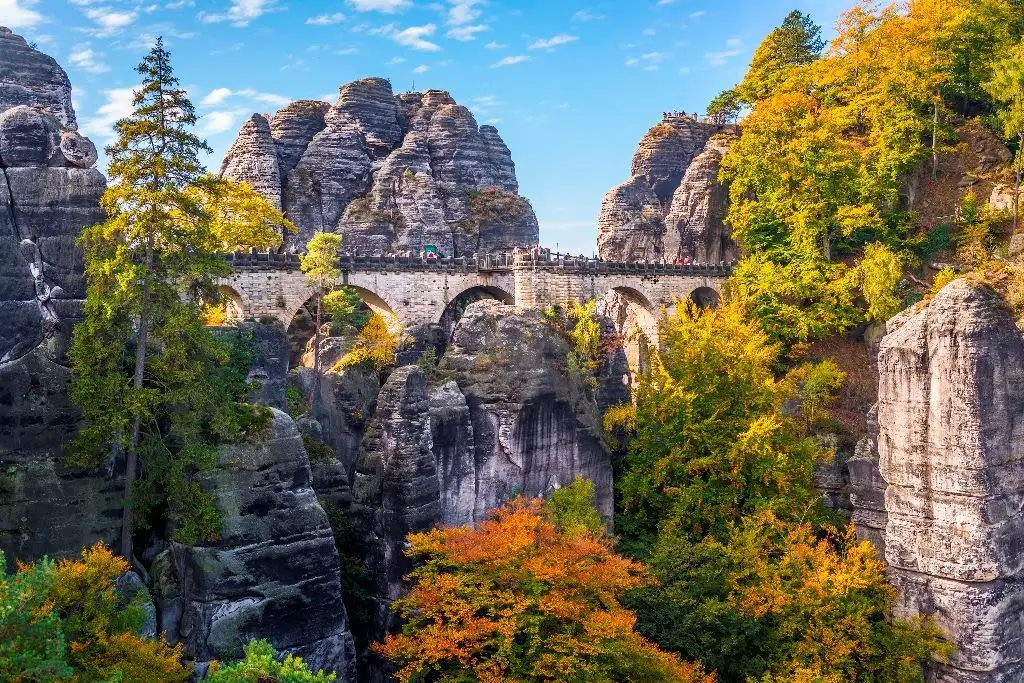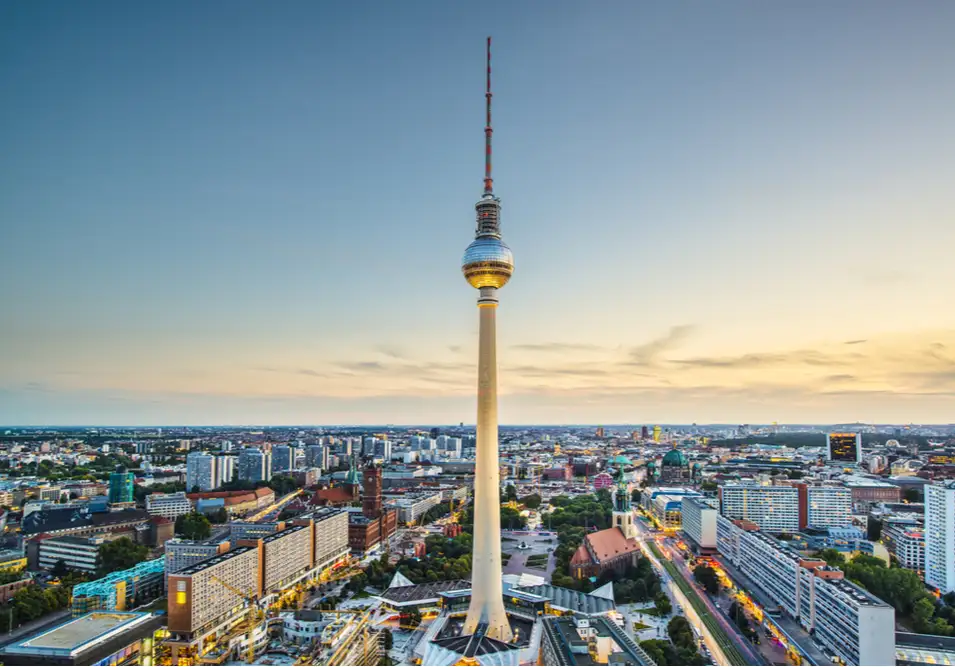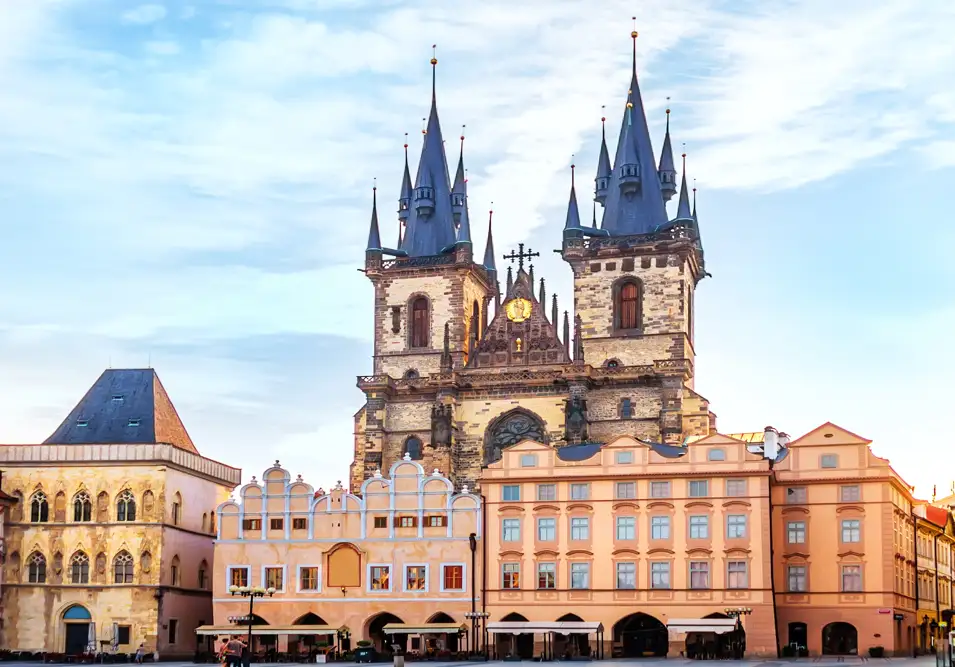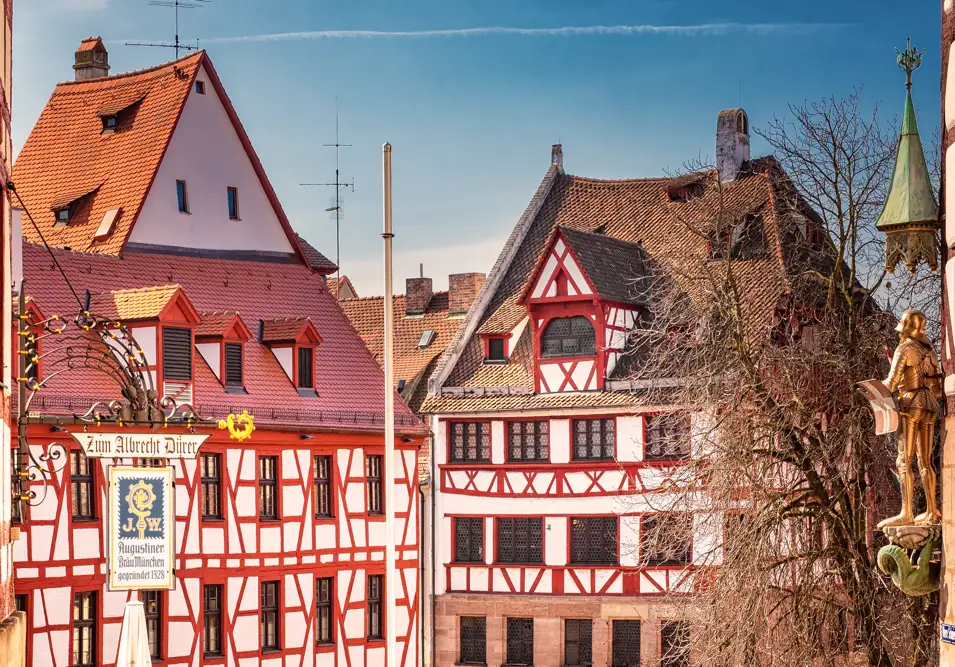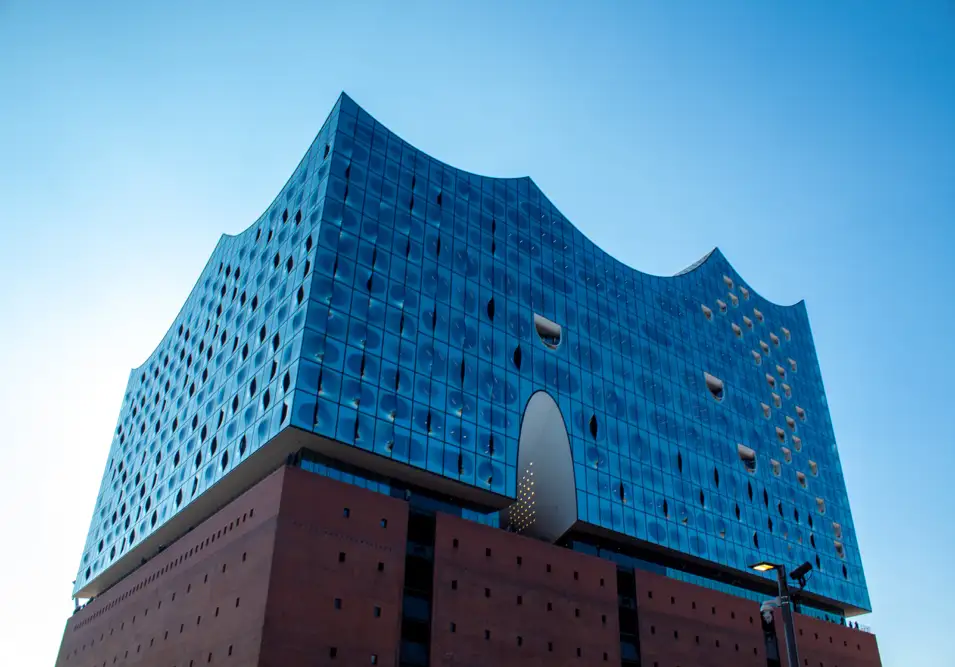Dresden Travel Guide
April - DecemberGermanyEUR
Architecture
Churches & Monasteries
Street Markets
Read More

Must See Attractions in Dresden
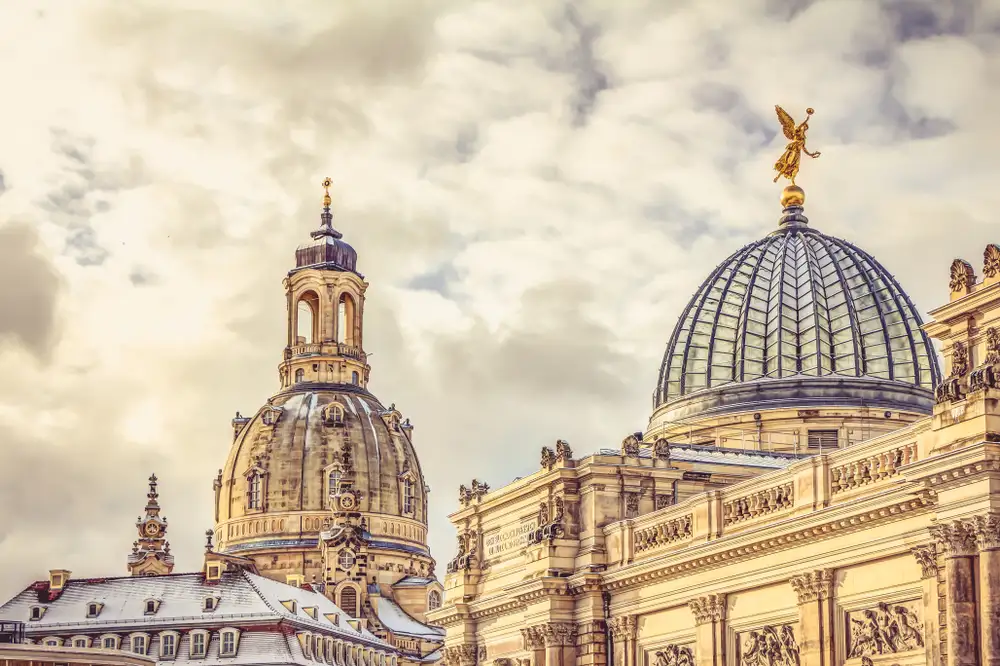
The Albertinum
Museums & Galleries
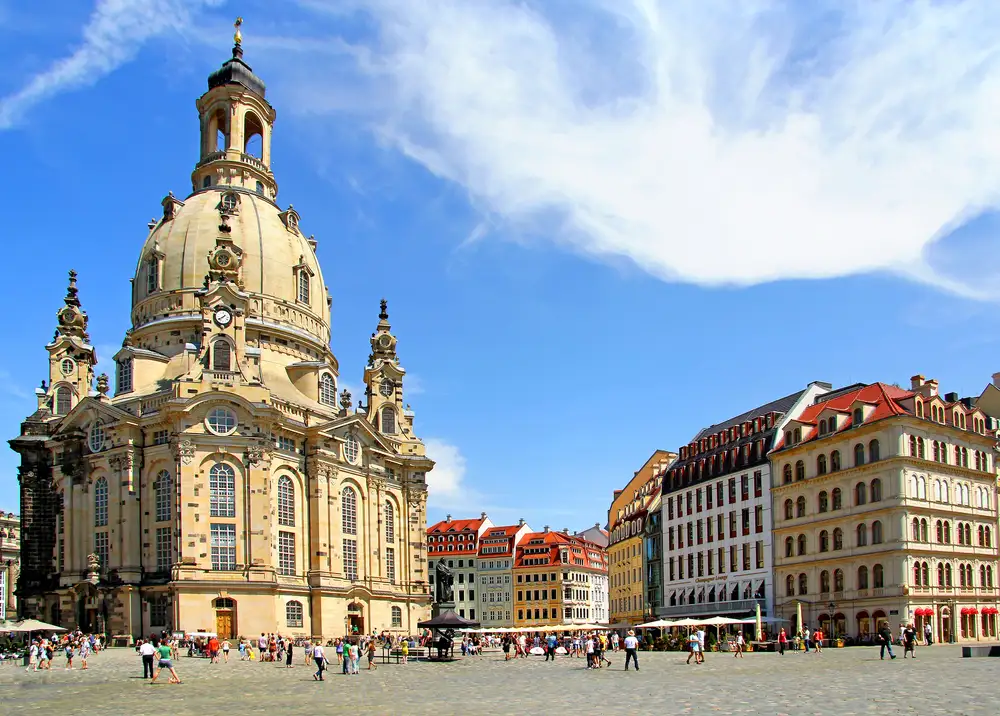
Church of our Lady
Churches & Monasteries
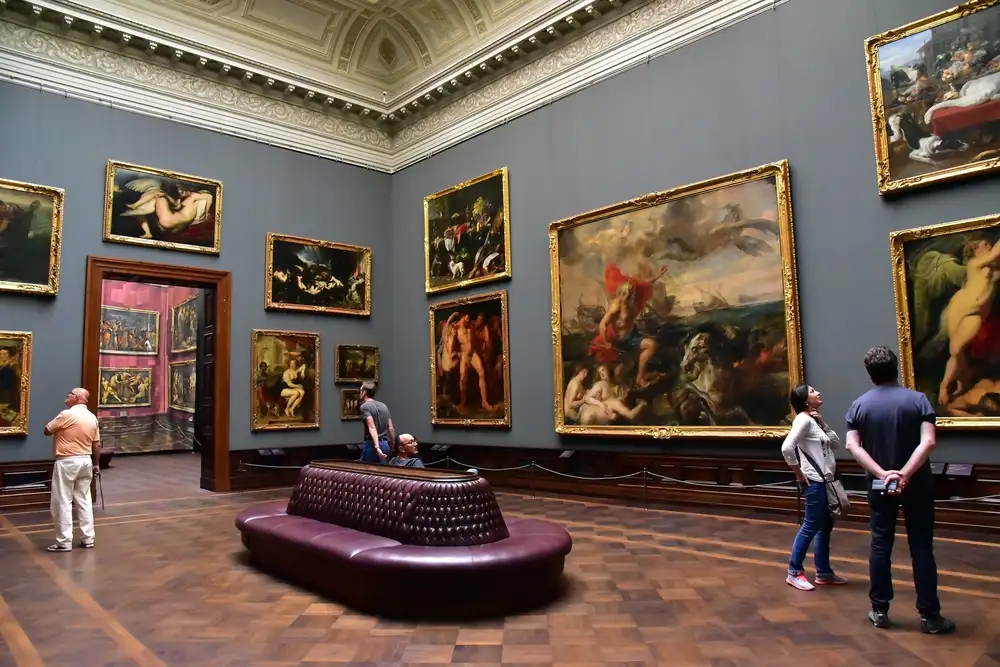
Zwinger
Museums & Galleries
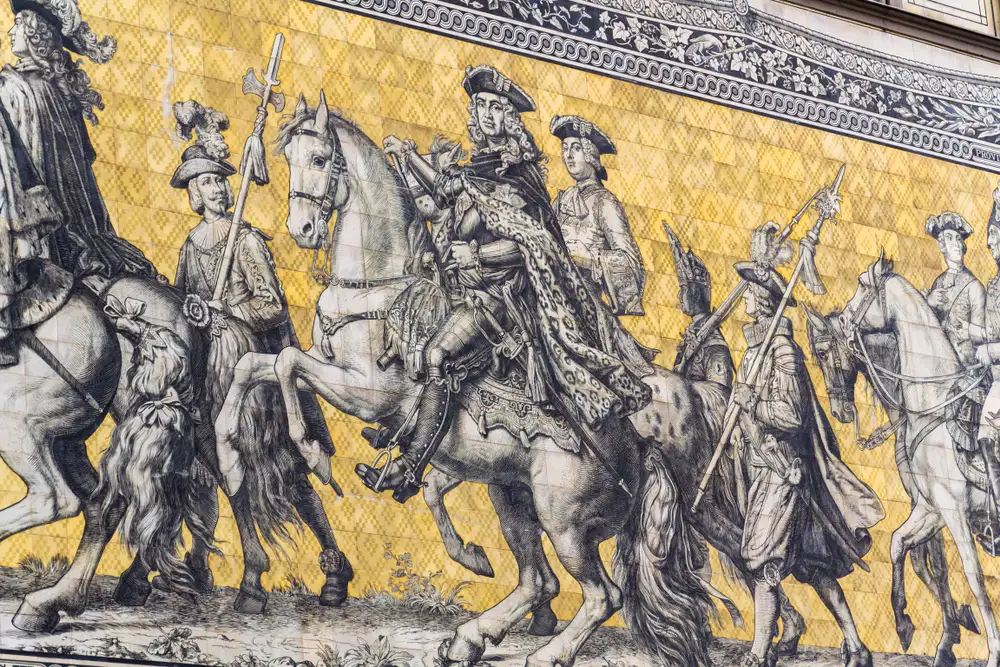
Procession of the Princes
Architecture
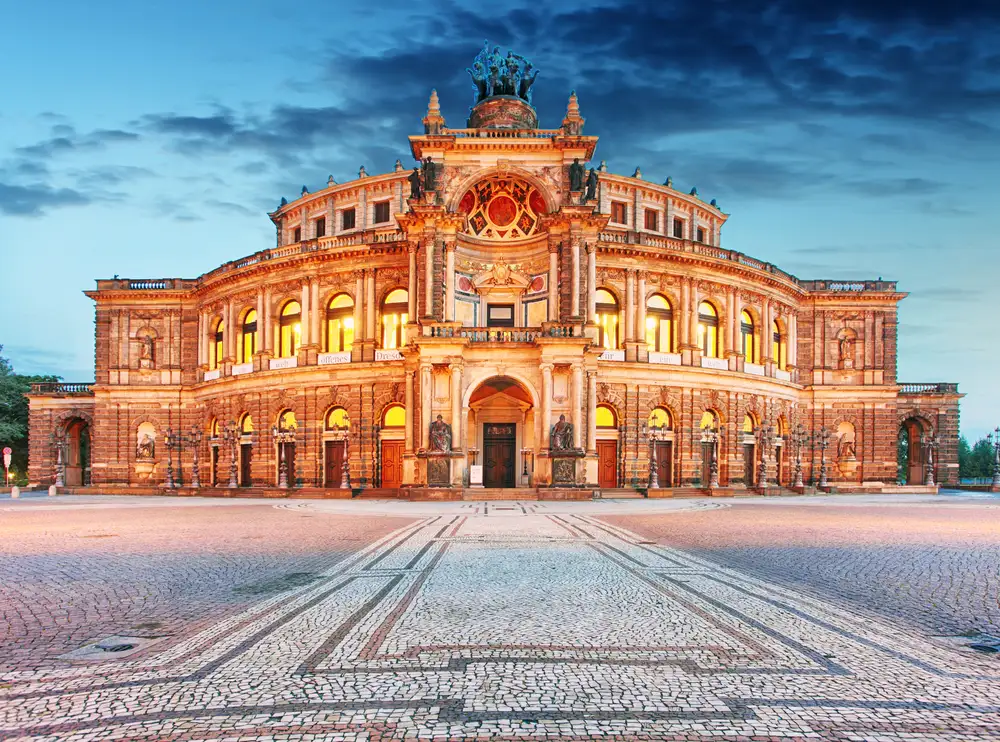
The Semperoper Opera House
Music & Theater
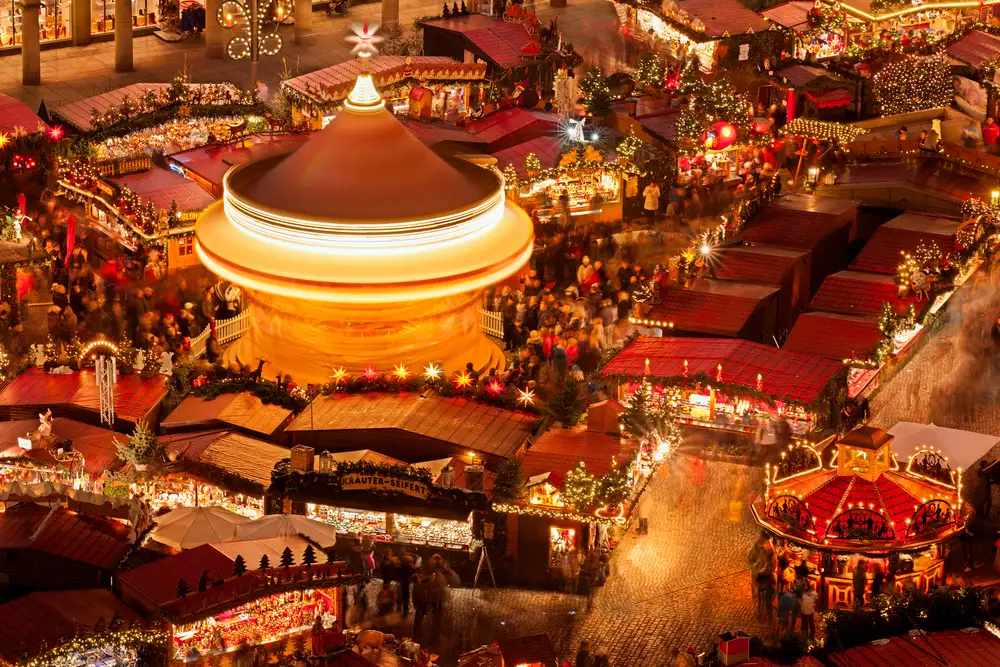
Dresden Christmas Markets
Street Markets
Show more
Optional Day Trips from Dresden
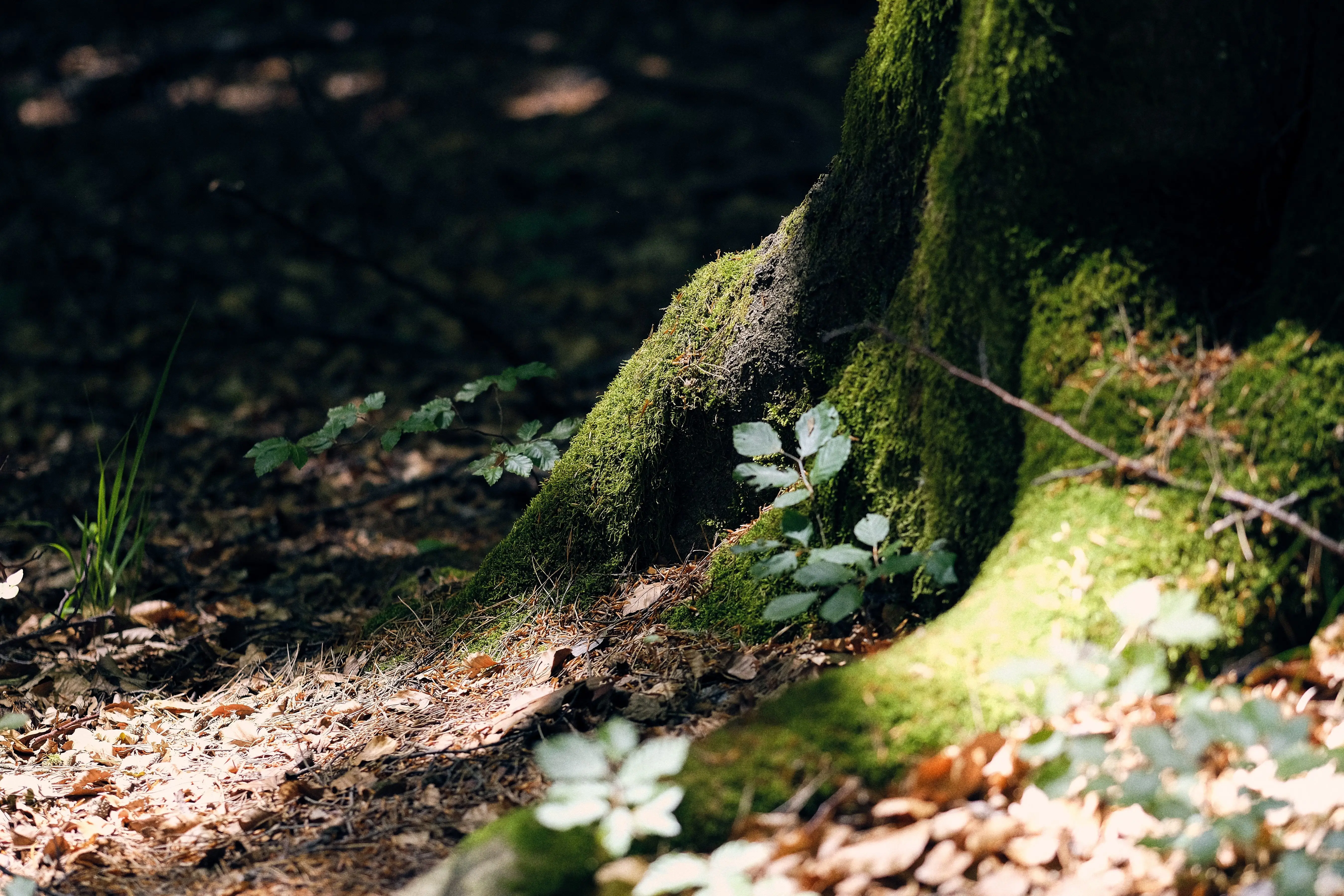
Saxon Switzerland National Park
Natural Beauty
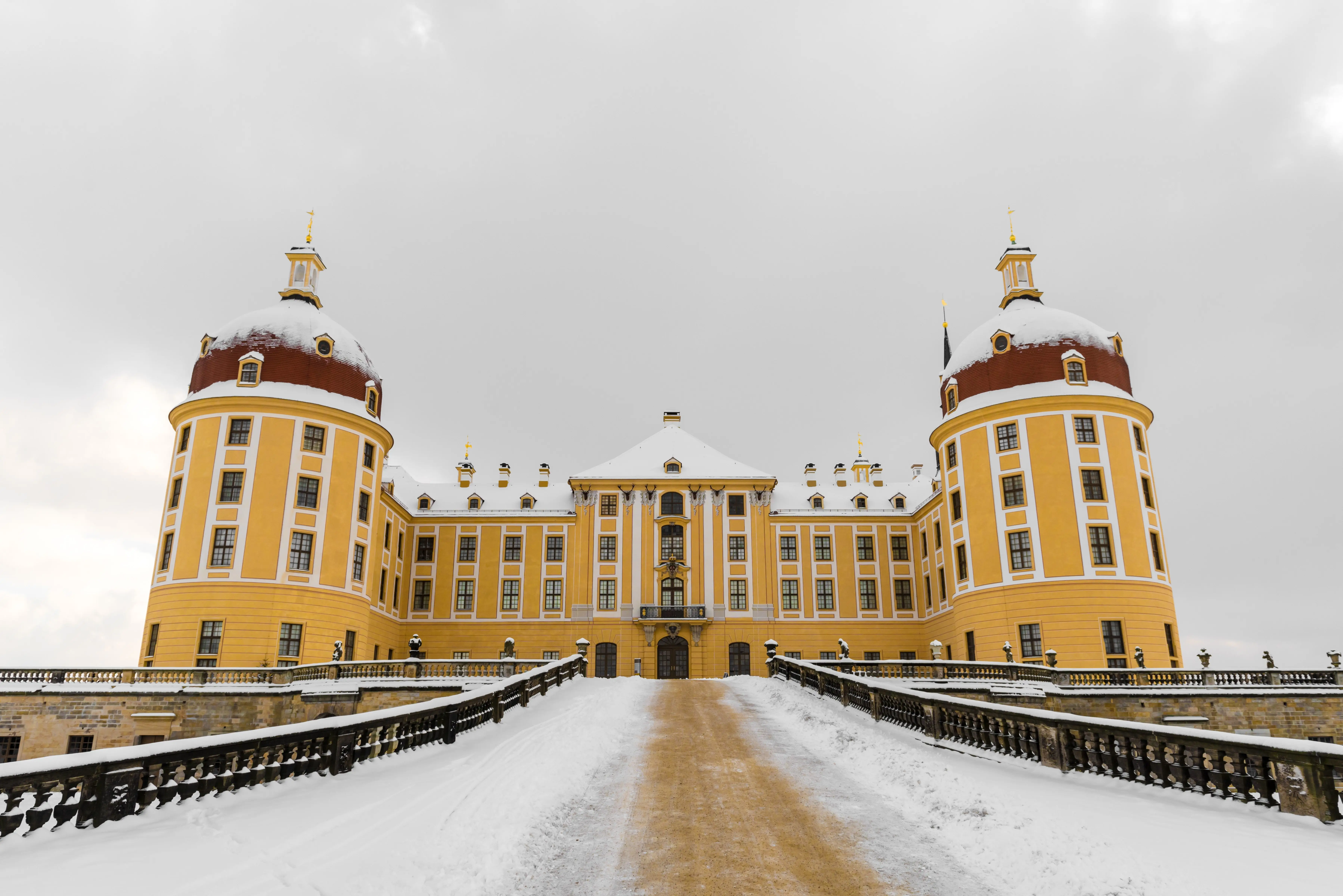
Moritzburg Palace
Castles & Chateaux
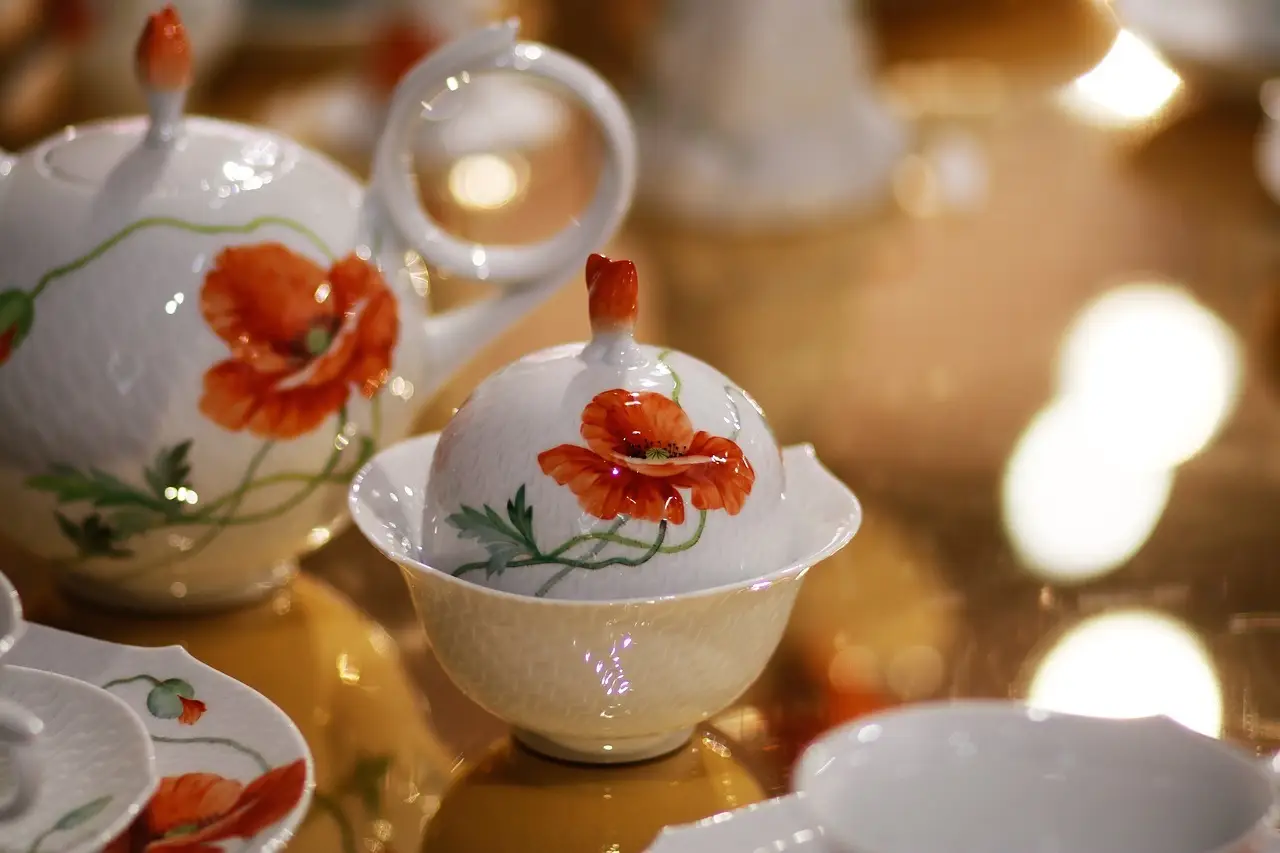
Meissen
Shopping
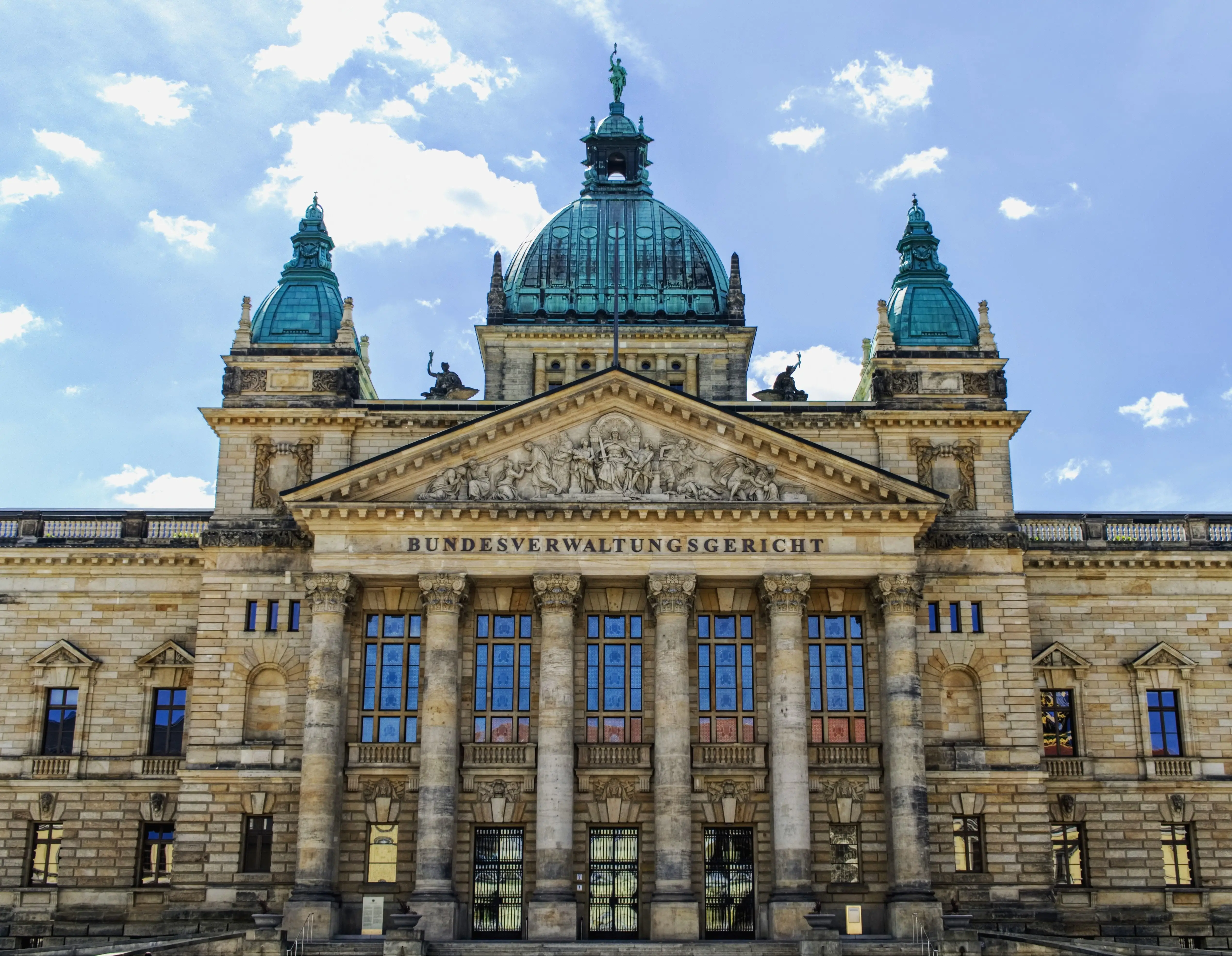
Leipzig
Cultural
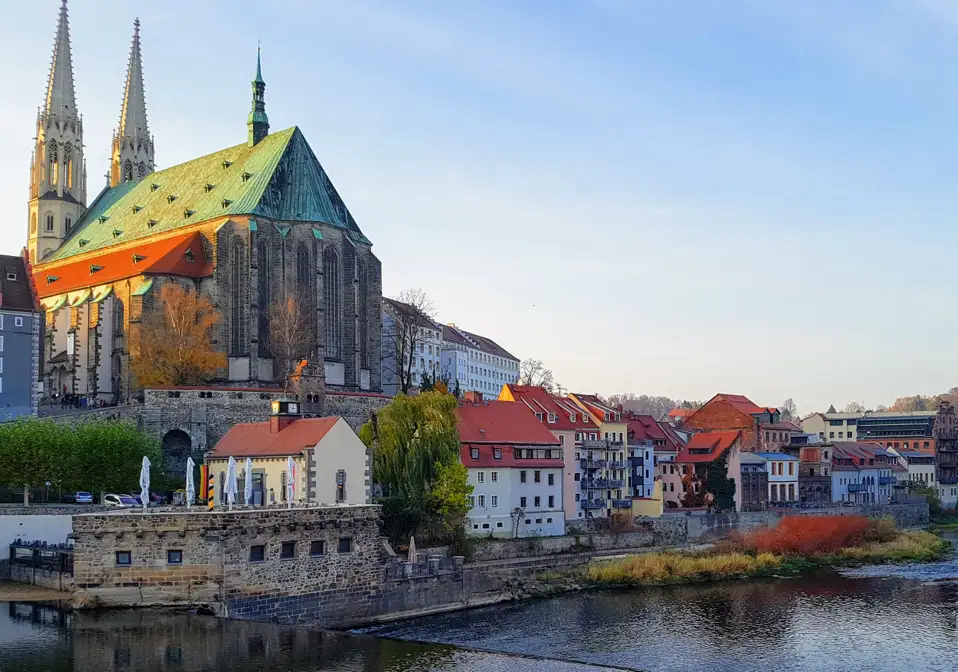
Gorlitz
Small Towns
Show more
Create a custom trip
plan for Dresden
Travelling made easy:
- ✓ 100% customizable trip
- ✓ Support around the clock
- ✓ Local travel expertise
Trips Plans Including Dresden

10 Days
From$1995USD

15 Days
From$3249USD

21 Days
From$5899USD

10 Days
From$1415USD

10 Days
From$1995USD

15 Days
From$3249USD

21 Days
From$5899USD

10 Days
From$1415USD

10 Days
From$1995USD
prev
next
Featured Blogs
prev
next
Pair Dresden with
showing 4 of 56 destinations
Load moreYour custom trip package includes

A day to day itinerary

Centrally located hotels

Door to door transportation
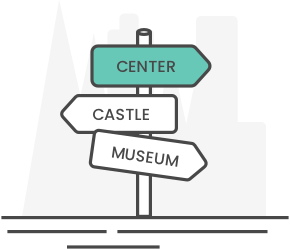
Self-guided & private tours
Create Your Perfect Trip in Minutes
Discover A Better Way To Travel.
Once you Go Real, you’ll never go back to ordinary travel.

